As Hurricane Idalia wreaks devastation across Florida and surrounding states, Strategic Risk looks at how risk managers must respond
Hurricane Idalia made landfall in Florida as a Category 3 storm and unleashed devastation along a wide stretch of the Gulf Coast, submerging homes and vehicles, turning streets into rivers, unmooring small boats and downing power lines before sweeping into Georgia.
Almost 438,000 in Florida and Georgia lost power while rushing water flowed through streets near the coast. As the eye moved inland, high winds shredded signs, sent sheet metal flying and snapped tall trees.
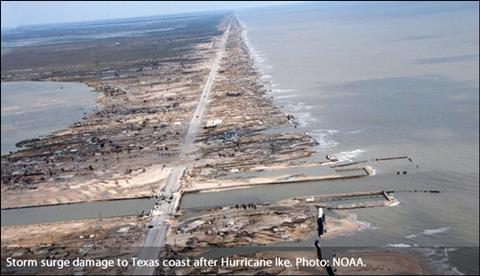
Idalia came ashore in the lightly populated Big Bend region, where the Florida Panhandle curves into the peninsula. It made landfall near Keaton Beach at as a high-end Category 3 hurricane with maximum sustained winds near 125 mph (205 kph).
Because of the remoteness, search teams may need more time to complete their work compared with past hurricanes in more urban areas, said Kevin Guthrie, director of the Florida Department of Emergency Management.
The National Weather Service in Tallahassee called Idalia “an unprecedented event” since no major hurricanes on record have ever passed through the bay abutting the Big Bend. The state, still dealing with lingering damage from last year’s Hurricane Ian, feared disastrous results.
Idalia grew into a Category 2 system on Tuesday and then a Category 3 storm on Wednesday before peaking as a Category 4 hurricane. It then weakened slightly.
Hurricane Hazards
The NOAA explains the greatest hazards caused by hurricanes
While hurricanes pose the greatest threat to life and property, tropical storms and depression also can be devastating. The primary hazards from tropical cyclones (which include tropical depressions, tropical storms, and hurricanes) are storm surge flooding, inland flooding from heavy rains, destructive winds, tornadoes, and high surf and rip currents.
- Storm surge is the abnormal rise of water generated by a storm’s winds. This hazard is historically the leading cause of hurricane related deaths in the United States. Storm surge and large battering waves can result in large loss of life and cause massive destruction along the coast.
- Storm surge can travel several miles inland, especially along bays, rivers, and estuaries.
- Flooding from heavy rains is the second leading cause of fatalities from landfalling tropical cyclones. Widespread torrential rains associated with these storms often cause flooding hundreds of miles inland. This flooding can persist for several days after a storm has dissipated.
- Winds from a hurricane can destroy buildings and manufactured homes. Signs, roofing material, and other items left outside can become flying missiles during hurricanes.
- Tornadoes can accompany landfalling tropical cyclones. These tornadoes typically occur in rain bands well away from the center of the storm.
- Dangerous waves produced by a tropical cyclone’s strong winds can pose a significant hazard to coastal residents and mariners. These waves can cause deadly rip currents, significant beach erosion, and damage to structures along the coastline, even when the storm is more than a 1,000 miles offshore.
Businesses underwater
On the island of Cedar Key, downed trees and debris blocked roads, and propane tanks exploded.
In the town of Perry, the wind blew out store windows, tore siding off buildings and overturned a gas station canopy.
Interstate 275 in Tampa was partially flooded, and toppled power lines closed northbound Interstate 75 just south of Valdosta, Georgia.
About 200 miles to the south of where Idalia made landfall, the roads around the chic shops and restaurants of St. Armands Circle in the Sarasota area were underwater.
In Tallahassee, Florida’s capital, the power went out well before the centre of the storm arrived, but the city avoided a direct hit. A
Storm surge could rise as high as 16 feet (4.9 meters) in some places. Some counties implemented curfews to keep residents off roads.
More than 30,000 utility workers in Florida were gathering to make repairs as quickly as possible in the hurricane’s wake. Airports in the region, including Tampa International Airport, planned to restart commercial operations either Wednesday afternoon or Thursday.
What risk managers should do during and after a hurricane
Aon’s advice for risk managers when facilities are in the path of a hurricane
As the storm approaches
Monitor National Weather Service (NWS) broadcasts. If a hurricane watch is issued, convene your emergency response team to review personnel availability and your action plan.
In the event a hurricane warning is declared, activate your emergency action plan and take the following precautions as soon as possible. It may take considerable time to obtain the materials you need to protect facilities.
1) Care for your employees
- Inventory adequate provisions (i.e. 72 hours of food, water, first aid equipment, lighting and communications equipment, etc.) for employees remaining on premises.
- Employees remaining on site should have access to safe refuge from floodwaters and structural collapse.
- Assemble supplies (lumber, nails, tarps, power/manual tools, roofing paper, tape, etc.)
- Isolate gas, electric and other utilities. Shut down operations and equipment that depend upon outside utilities. Maintain fire protection systems in service if possible.
2) Protect your facilities
- Ensure you have contact details (preferably on cellphone) for remediation and response engineers and consultants.
- If the facility sustains damage, your claims consultant and remediation vendor need to arrive as quickly as possible to begin clean-up and also begin claim identification and adjudication on your behalf with insurance adjusters.
- Inspect roof edging strips, flashing, gutters, and drains. Secure or weigh down loose roof coverings.
- Inspect wall panels, door and window latches and hardware. Inspect exterior signs, supports, guy wires and anchorages.
- Protect exterior windows from flying debris by taping or covering with wooden marine boards or storm shutters (especially on the windward side).
- Anchor or move yard structures and equipment (trailers, cranes, loose yard storage, high profile materials, storage racks, etc.) which may be vulnerable to high winds.
- Move drums of hazardous chemicals to a sheltered area, especially those that might be reactive with water. Segregate incompatible chemicals.
Business Continuity
- Update/back up critical records (financial, inventory, computer, etc.) and move to a location out of the path of the storm.
- Prepare for disruptions in telecommunications, including email and internet access. Reserve a plant or citizens band radio system.
- Prepare for disruptions in electric power or other utilities. Fill diesel engine driven emergency generator and fire pump fuel tanks. Ensure that you have full gas cans for extra supplies.
- Advise customers and suppliers of a potential disruption in operations.
- Enquire with suppliers of their plans to address any loss in distribution or service to prevent (or mitigate) breaks in the supply chain.
After the storm passes
Recovery
- Cordon off areas where power lines are down to prevent injuries. Coordinate repairs with the local utility. Prioritize power restoration for critical locations/operations.
- Check for leaking natural gas, propane gas, or gasoline from storage tanks or vehicles.
- Identify and control potential ignition sources if flammable liquids or combustible gases are present.
- Work with salvage crews to prioritize items that require immediate attention above those less susceptible to damage if left for a day or two. Quickly remove standing water and debris, clean and dry vital equipment, and dehumidify damp areas.
- Check and replenish hurricane protection supplies.
- Isolate damaged areas and evaluate, prioritize and expedite necessary structural repairs to minimize business interruption exposure. Provide temporary covers for windows, wall openings and roofs that have been damaged. “Laydown” areas, for the accumulation of combustible debris, should be designated away from any significant buildings or structures.
- Return fire protection systems (water supplies, suppression systems, alarm and detection systems, etc.) back into service as quickly as possible.
- Suspend cutting, welding and other hot work operations until fire protection systems are returned to service.
Should a loss occur, remember to document everything
- Take photographs of all damage and areas where your site is impacted.
- Develop a claim timeline with milestones for your team and the insurance adjustment team to manage expectations on both sides of a claim.
- Capture all invoices, contracts, etc., for loss-related work, including detailed descriptions of the temporary and/or permanent repair/replacement work to be performed.
- Ensure that all loss-related incurred costs are classified and categorized in real-time per your “bucket” of insurance coverages and by loss area/component, such as location, individual equipment, structures, and contents.
- Track – with detailed descriptions describing loss related activity – all in-house costs, such as hourly labor time and cost [with fringes] per person, salaried labor time and cost per person, in-house parts/materials consumed, expenses incurred, time sheets, expense reports, etc.






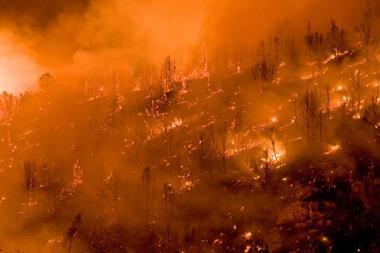
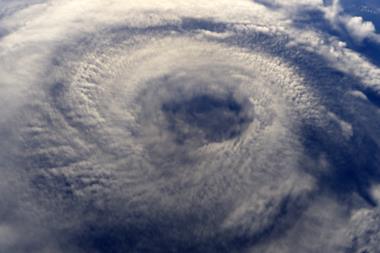
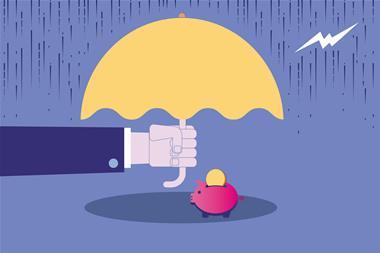
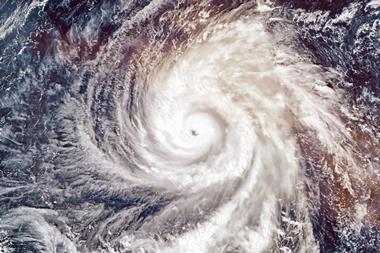
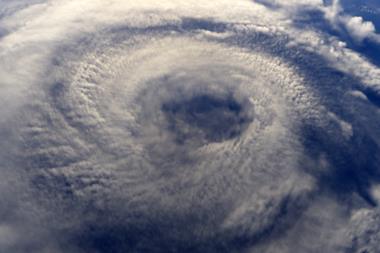









No comments yet